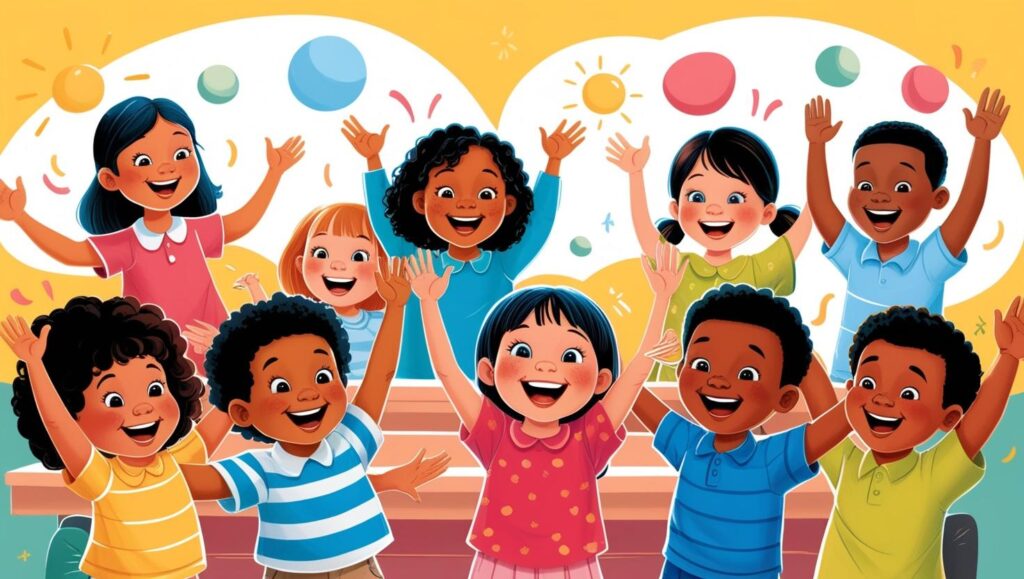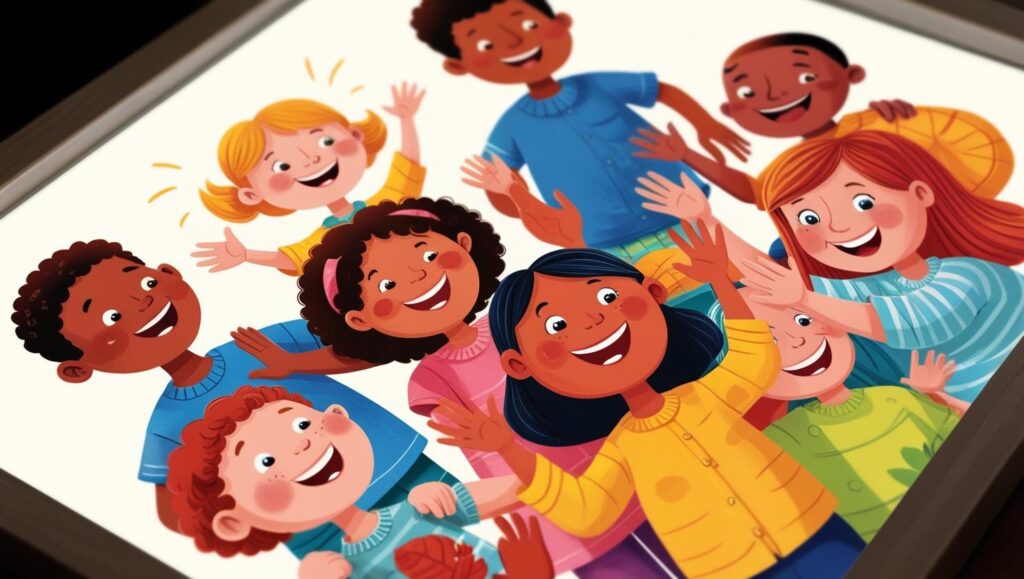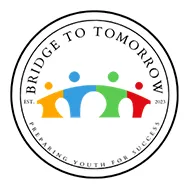Positive reinforcement has long been recognized as a valuable tool in education, helping students thrive academically and socially. But did you know its benefits extend far beyond classroom walls? Whether it’s used at home, in after-school programs, or within community initiatives, positive reinforcement creates crucial building blocks for strong emotional security, improved behavior, and joyful learning experiences.
Lets explore how you can leverage praise, motivation, and small wins to create meaningful, lasting impact in various aspects of life.

What Is Positive Reinforcement?
Positive reinforcement is a simple yet effective psychological principle. By acknowledging and rewarding desired behavior, you increase the likelihood that it will be repeated. This could look like verbal praise when a child completes their homework, small rewards for meeting goals, or even a supportive high five after a good effort. Applied consistently, positive reinforcement helps build momentum in behavior while fostering a sense of accomplishment.
The beauty of positive reinforcement lies in how versatile it is. While many associate it with classroom management, it’s equally powerful in home environments, extracurricular programs, or anywhere that guidance and growth are priorities.
The Power of Small Wins
Small wins matter. They build confidence and create forward momentum. A sincere “Great job!” or a family movie night to celebrate a completed chore may seem small, but it reinforces positive behavior patterns while ensuring the individual feels valued.

Beyond School Walls: Where Positive Reinforcement Shines
1. At Home
Parents are in an ideal position to incorporate positive reinforcement into everyday life. Simple changes like focusing on praising effort rather than just achievements (“You worked so hard on that science project!”) can foster resilience and a growth mindset.
Using tangible rewards sparingly and strategically can also motivate children during transitional periods, like adjusting to new routines or responsibilities.
Example
Imagine your child is reluctant to complete their chores. Instead of reprimanding them, offer praise and excitement for any progress. “You made your bed perfectly today! Great attention to detail!” This recognition promotes a sense of pride and encourages consistency.
2. Community Programs
After-school or sports programs benefit significantly from adopting reinforcement-based strategies. Coaches, mentors, and program directors can boost enthusiasm and build team dynamics by focusing on effort and collaboration.
By providing continuous encouragement, educators and program leaders also strengthen emotional security in participants, empowering them to take risks and develop new skills.
3. Adult and Family Settings
Positive reinforcement isn’t confined to children alone. Adults thrive on motivation, too. Families that focus on appreciation for small acts of kindness and collaboration frequently discover better communication and mutually supportive dynamics.
The Joy of Learning
One of the most powerful effects of positive reinforcement is its ability to bring joy to learning processes. Encouraging a love of learning doesn’t necessarily rely on grandeur but rather consistent praise and acknowledgment.
Neurodivergent children, for example, can especially benefit from structured and systematic positive reinforcement, as highlighted in the MindMeld Training Programs offered by Bridge to Tomorrow’s MindMeld Aspire. By using techniques rooted in evidence-based methodologies like Applied Behavior Analysis (ABA), educators and caregivers are equipped to unlock each child’s full potential in school and beyond.
MindMeld expertly blends emotional security with practical tools for growth, giving every participant access to a nurturing environment calibrated to their needs.
How Do You Get Started with Positive Reinforcement?
To effectively incorporate positive reinforcement into your routine, use these tips across settings:
- Identify Goals and Behaviors
Define specific, measurable behaviors you want to encourage.
- Praise Effort, Not Just Success
Acknowledge the steps taken, even when the goal hasn’t been fully achieved.
- Be Immediate and Consistent
Recognize positive actions as soon as they occur to strengthen the connection between behavior and reward.
- Rotate Rewards
Change up rewards to keep things fresh and engaging. A mixture of verbal praise, small tokens, or quality time works best.
- Keep It Balanced
Avoid over-reliance on external rewards. Gradually reduce tangible incentives to allow intrinsic motivation to develop.
MindMeld Aspire: Empowering Educators and Caregivers
For educators and community leaders looking to take their understanding of behavior management to the next level, the MindMeld Aspire Training Program is a comprehensive option. Through carefully structured levels—from Foundations to Administrator training—it helps participants design inclusive and supportive learning spaces for all children, particularly neurodiverse students.
The training emphasizes positive reinforcement as one of many tools to nurture trust, behavioral autonomy, and a love for learning. With programs like these, communities can create more inclusive environments where children feel valued and empowered.
Discover the details on MindMeld Aspire to start making a difference today.
External Links
Here are additional resources to get inspired and deepen your knowledge about positive reinforcement and its applications across different settings:
- Positive Reinforcement Techniques for Parents
- The Power of Praise in Classroom Management
- How Positive Behavior Interventions Support Learning
- Encouraging Team Collaboration Through Reinforcement
- Impact of ABA in Supporting Behavioral Development
Internal Links
For more about MindMeld and our mission to create inclusive learning opportunities, please explore these pages on our website Bridge to Tomorrow:
Positive reinforcement reaches far beyond the classroom, helping the hearts and minds of every participant grow. Whether in schools, homes, or communities, the core principle remains the same: small efforts deserve meaningful acknowledgment, creating room for confidence, joy, and the pursuit of potential. With tools like MindMeld Aspire, behavioral growth becomes everyone’s shared success.



